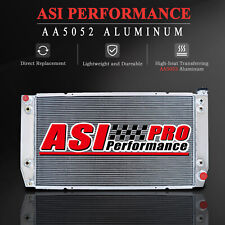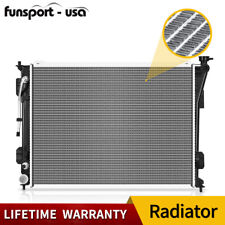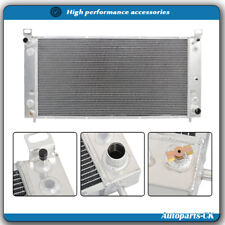Road patches change color to warn of icy conditions

So for those of you that really don’t care for those signs that read “Bridge may be Icy,” a France based company is offering an even more visual solution.
The company is working on an experiment on the A29 motorway in France where color changing patches are being laid down on a 50km stretch. The patches basically change color and turn red when the temperature drops below 1° C and return to white when the temperature is back above 1° C.
The experiment is also being implemented in thirty other areas at high risk of ice.
Click through for the translated press release.
Eurovia launches pavement that prevents ice
November 7, 2007
Eurovia, a subsidiary of VINCI Group, develops in its Research Center Mérignac a solution original and unique detection of the onset of freezing on the pavement. This temperature information of the roadway is crucial, the loss of traction on icy pavement remaining a cause of accident serious bodily.
This process includes a thermosensitive said varnishes, colourless to positive temperature, changes color and turns red when the temperature of the roadway falls below 1 ° C. This change of color, reversible, assists in real-time diagnosis of the condition of the roadway. He informs road user-motorist, pedestrian, bicycle-like agent that triggers operations salting, that the risk of ice becomes imminent as we approach the passage of the separation barrier gel.
At this stage of development, Eurovia experiments in real effectiveness and sustainability of this system. It means assessing assisting managers road maintenance period Winter. Indeed, in this respect, triggering salting operations just in time is the principle of background: neither too early to avoid spreading without efficiency and to avoid excess salt adverse to the environment, nor too late to reduce the risk of accident by loss of traction.
Two experiments underway with SAPN and ASF
Eurovia work with highway concessionaires SAPN and ASF, a subsidiary of VINCI, pilot operations on their network size. On motorways, these patches present serious security benefits clients and staff. Specifically, patrol officers will no longer have to get out of their cars to know the temperature of the pavement to trigger preventative salting in time
Optimums.
An experiment is being conducted on the A29 motorway network SAPN. The test area formed five patches lies on a straight line from 50 km near Havre. The patch has been willing to near structures and around sensitive sites to check weather system reliability.
The site selected by ASF is a section of the A89 motorway on the sector of Clermont-Ferrand, subject to harsh winter conditions, including an average of 60 days of snow a year. The process is being implemented in thirty areas tests at high risk of ice.
Source: Eurovia (via AutoBlog)
[tags]Cars, Car, Auto, Automobile, Vehicles, Technology, Auto News, News, Automotive[/tags]











